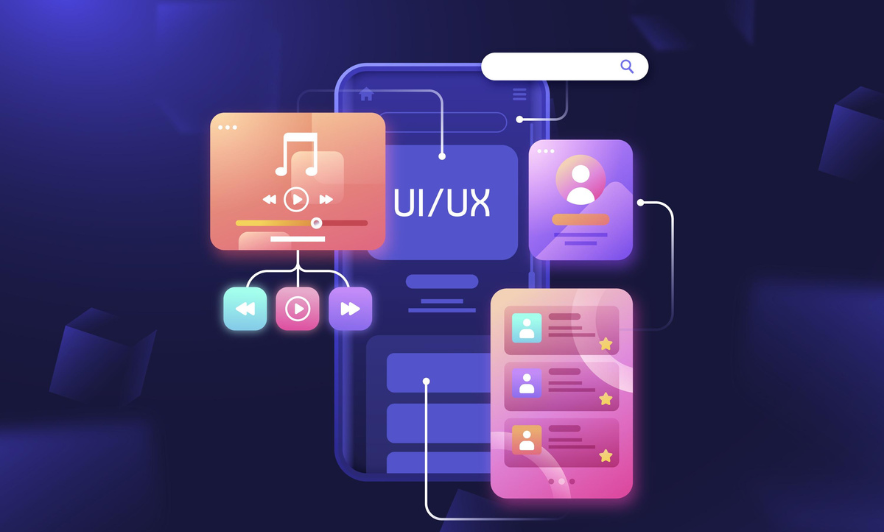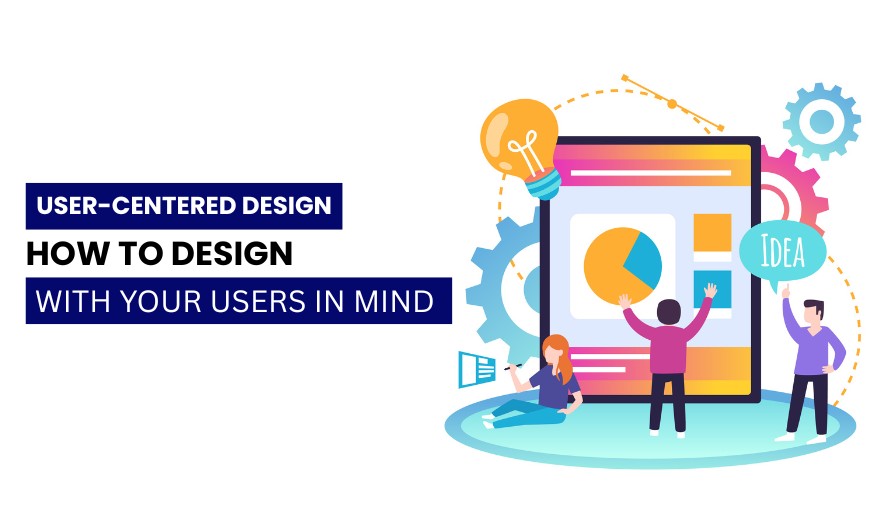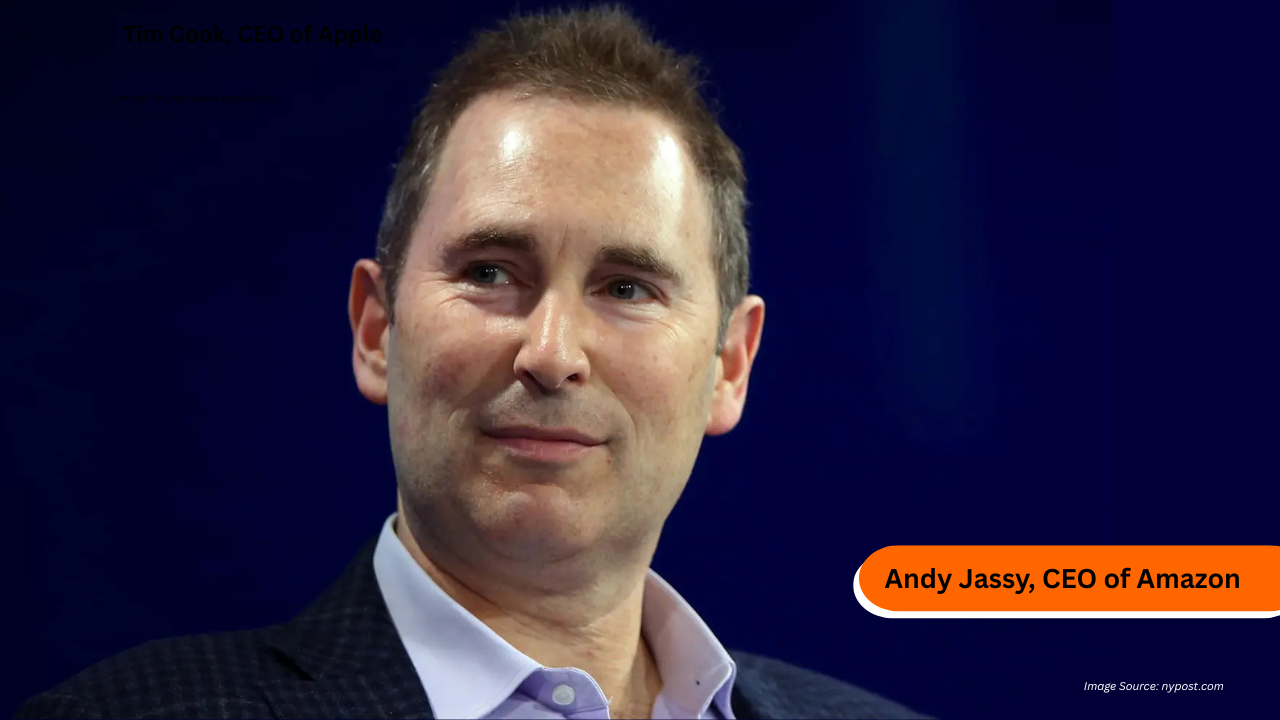Let’s Start with a TV Remote
Picture yourself holding a TV remote.
- The appearance — shape, button colors, backlight, fonts
— is the UI (User Interface).
- The functionality — how easily you can adjust the
volume, switch channels, or navigate in the dark — is the UX (User
Experience).
If the remote looks sleek but you struggle
to find the right button, it has strong UI but weak UX.
If it’s plain but feels effortless to use, it’s effective UX with minimal UI
appeal.
But when it looks great and works seamlessly? That’s when UI and UX are
in harmony — and the experience feels effortless.
What Is UX? (User Experience)
User Experience is about how someone feels
when interacting with a product — whether it's a mobile app, website, or even a
smart appliance.
UX goes beyond buttons and screens. It
includes the entire journey:
- How users discover your product
- How easily they find what they need
- How logically everything is organized
- How they feel during and after the interaction
Ask yourself:
“Was that experience intuitive, smooth,
and maybe even enjoyable?”
If users complete their task quickly and
confidently, the UX is successful.
If they leave feeling confused or frustrated — regardless of visual appeal —
the experience has failed.
What Does a UX Designer Actually Do?
UX designers focus on making interactions
intuitive and efficient. Their responsibilities include:
- Researching user behaviors, needs, and expectations
- Mapping user flows and journeys
- Identifying and resolving friction points
- Prototyping and testing solutions
- Ensuring accessibility and inclusivity
In essence:
UX designers don’t just design features — they design how people use and
experience them.
What Defines a Strong UX?
- Usability – Is it simple and
intuitive to use?
- Functionality – Does it work
reliably and as intended?
- Accessibility – Can people of all
abilities use it?
- Logical flow – Are tasks arranged
in a natural, predictable order?
- Emotional impact – Does it leave
users feeling accomplished and confident?
What Is UI? (User Interface)
UI refers to the visual and interactive
elements of a product — what users see and engage with on-screen.
This includes:
- Typography and colors
- Layout and spacing
- Buttons and icons
- Animations and transitions
A well-crafted UI ensures the product feels
modern, polished, and clear at a glance.
Ask yourself:
“Does this interface feel visually
inviting and easy to navigate?”
Even a powerful product can lose users if
its interface feels outdated or cluttered.
What Does a UI Designer Do?
UI designers are responsible for crafting
the visual identity of the product. They:
- Choose color palettes, fonts, and icon styles
- Design the structure and layout of each screen
- Create consistent branding across the interface
- Define interactions (like hover effects and tap states)
- Ensure responsiveness across devices and screen sizes
In short: UI
designers focus on aesthetic clarity and visual communication.
What Makes UI Effective?
- Visual clarity – Can users
instantly understand what to do?
- Brand alignment – Does the
interface reflect your tone and identity?
- Consistency – Do all screens feel
part of a unified experience?
- Responsiveness – Is it optimized
for mobile, tablet, and desktop?
- Aesthetics – Is it visually
appealing and contemporary?
UX vs UI — What's the Real Difference?
Here's the simplest distinction:
- UX is about how it works
- UI is about how it looks
You might encounter:
- A beautiful app that’s difficult to use → Visually appealing
UI, but poor UX
- A plain-looking tool that works flawlessly → Strong UX, but
underwhelming UI
- Or ideally: a product that’s both intuitive and delightful —
the perfect blend of UX and UI.
Why Does This Matter in the Real World?
Because first impressions are instant — and
lasting.
- If a product looks confusing? Users hesitate or leave.
- If it’s hard to use? They get frustrated and abandon it.
- If it’s both visually engaging and functionally sound?
They stay longer, return more often, and recommend it to others. - Good UX keeps users engaged
- Good UI earns immediate trust
- Together, they create products
people genuinely enjoy using
Final Thought: UX and UI Are Stronger
Together
You can't build a product people love
by focusing on just one.
- UX is the journey
- UI is the scenery
Different roles but deeply connected.
So next time you're reviewing a digital
product, ask:
✅ Does it
function smoothly?
✅ Is it visually
intuitive?
✅ And above all — does it make the user
feel confident, comfortable, and in control?
That’s the true
magic of UX + UI working together.








